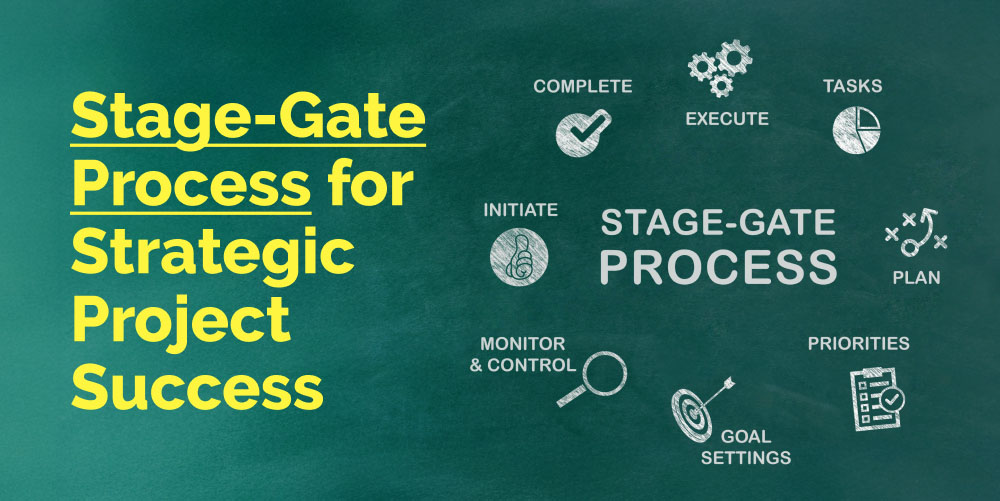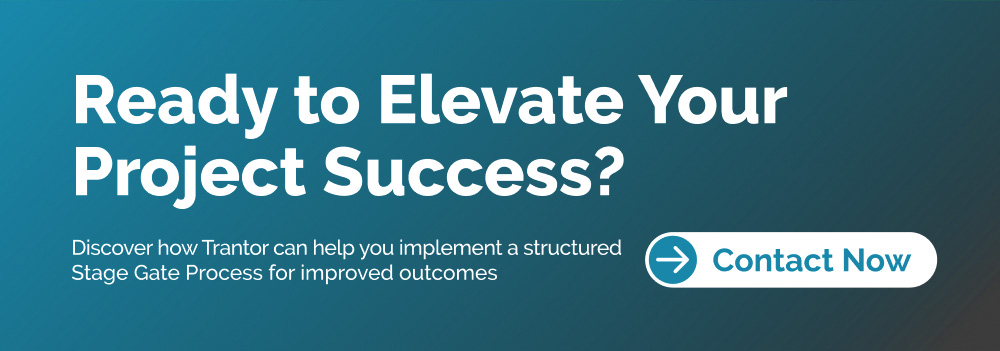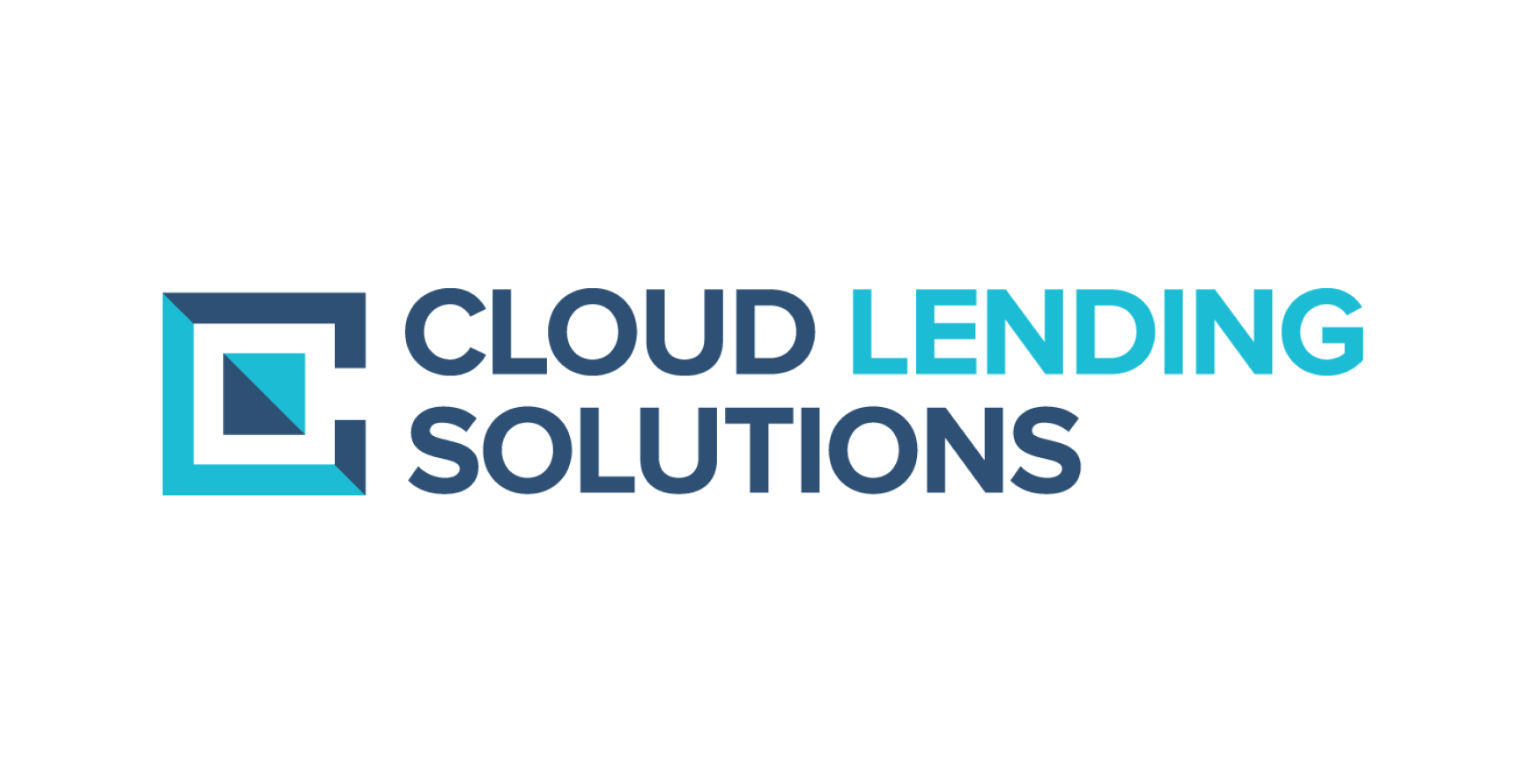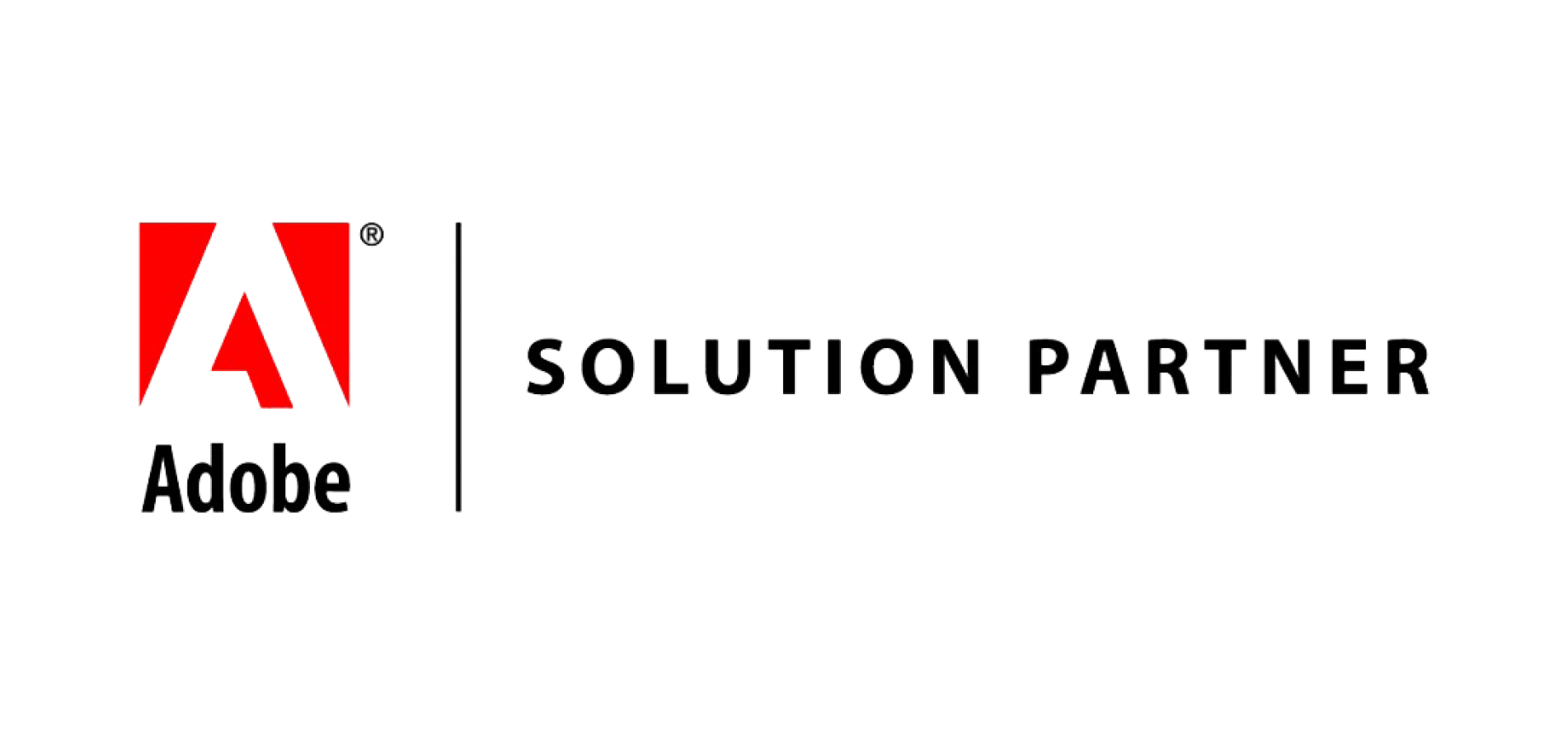Software Development, zBlog
The Stage-Gate Process: A Strategic Approach to Successful Project Management
atif | Updated: March 17, 2025

The Stage Gate Process, also known as the Phase Gate Process, is a strategic project management framework designed to improve decision-making, streamline development, and ensure project success. By integrating structured evaluation checkpoints (or “gates”) throughout a project’s lifecycle, businesses can reduce risks, manage resources effectively, and accelerate time-to-market.
What is the Stage Gate Process?
The Stage Gate Process is a project management methodology that divides a project into distinct stages, each separated by a decision-making “gate.” At each gate, stakeholders assess the project’s progress, viability, and alignment with business objectives before approving its continuation.
This approach is widely adopted across industries, especially in product development, software engineering, and innovation-driven organizations.
Key Stages of the Stage Gate Process

The Stage Gate Process typically involves five key stages:
1. Discovery/Concept Stage
- Objective: Identify new opportunities, customer needs, or innovative ideas.
- Activities: Brainstorming sessions, feasibility studies, and initial market research.
- Gate Criteria: Does the concept align with company goals? Is the opportunity viable?
2. Scoping/Feasibility Stage
- Objective: Evaluate the technical and financial feasibility of the proposed idea.
- Activities: Risk assessments, competitive analysis, and resource estimation.
- Gate Criteria: Is the idea technically and financially feasible?
3. Business Case Development
- Objective: Develop a comprehensive business case with detailed project plans.
- Activities: Market research, product definition, project timelines, and budget forecasts.
- Gate Criteria: Is there a clear business case with realistic ROI projections?
4. Development/Execution Stage
- Objective: Execute the project plan with iterative development and testing.
- Activities: Prototyping, coding, user testing, and quality assurance.
- Gate Criteria: Are milestones achieved as planned? Are risks mitigated?
5. Launch/Commercialization Stage
- Objective: Finalize the product and prepare for its market release.
- Activities: Product marketing, sales enablement, and customer support training.
- Gate Criteria: Is the product market-ready with a clear go-to-market strategy?
6. Post-Launch Evaluation
- Objective: Assess product performance, customer feedback, and return on investment.
- Activities: Performance analysis, customer surveys, and continuous improvement efforts.
Benefits

Implementing the Stage Gate Process offers several advantages:
- Enhanced Risk Management: The gated structure minimizes risks by assessing projects at key milestones.
- Improved Resource Allocation: Ensures resources are invested in viable, high-value projects.
- Faster Time-to-Market: Structured decision points keep teams focused and on track.
- Better Stakeholder Alignment: Each gate requires cross-functional collaboration, ensuring everyone is aligned.
- Increased Innovation Success: By filtering out weaker ideas early, the Stage Gate Process maximizes the success rate of new initiatives.
Common Challenges and Solutions

While the Stage Gate Process offers numerous benefits, organizations may face challenges during implementation:
1. Overly Bureaucratic Process
- Solution: Streamline gate reviews by focusing on critical data points.
2. Inconsistent Gate Criteria
- Solution: Establish clear evaluation criteria for each gate to maintain consistency.
3. Resistance to Change
- Solution: Provide training, communicate benefits, and involve stakeholders early in the process.
4. Poor Communication
- Solution: Implement robust collaboration tools and regular progress updates.
Trantor’s Expertise in Implementation
Trantor leverages its extensive experience in delivering technology solutions using structured frameworks like the Stage Gate Process. Our approach ensures:
- Strategic Planning: Aligning project milestones with your business objectives.
- Robust Risk Management: Identifying potential risks early and implementing proactive solutions.
- Seamless Collaboration: Ensuring your teams stay aligned through clear communication and shared accountability.
- Accelerated Delivery: Helping you reduce time-to-market through efficient development cycles.
With Trantor’s expertise, businesses can implement the Stage-Gate effectively, achieving higher success rates in product development and project management.
Success Story: How Trantor Helped a Global Financial Institution Optimize Their Development Process
A leading financial services firm partnered with Trantor to streamline their project delivery using the Stage Gate Process. By integrating structured milestones and clear criteria for decision-making, Trantor:
- Reduced project delays by 30%.
- Improved cross-department collaboration, enhancing overall productivity.
- Delivered a high-performing digital solution that exceeded customer expectations.
Final Thoughts
For organizations seeking structured, risk-managed development approaches, the Stage Gate Process is a proven framework that enhances decision-making, resource allocation, and project success rates. By combining best practices with strategic oversight, businesses can confidently navigate the complexities of innovation and project delivery.




